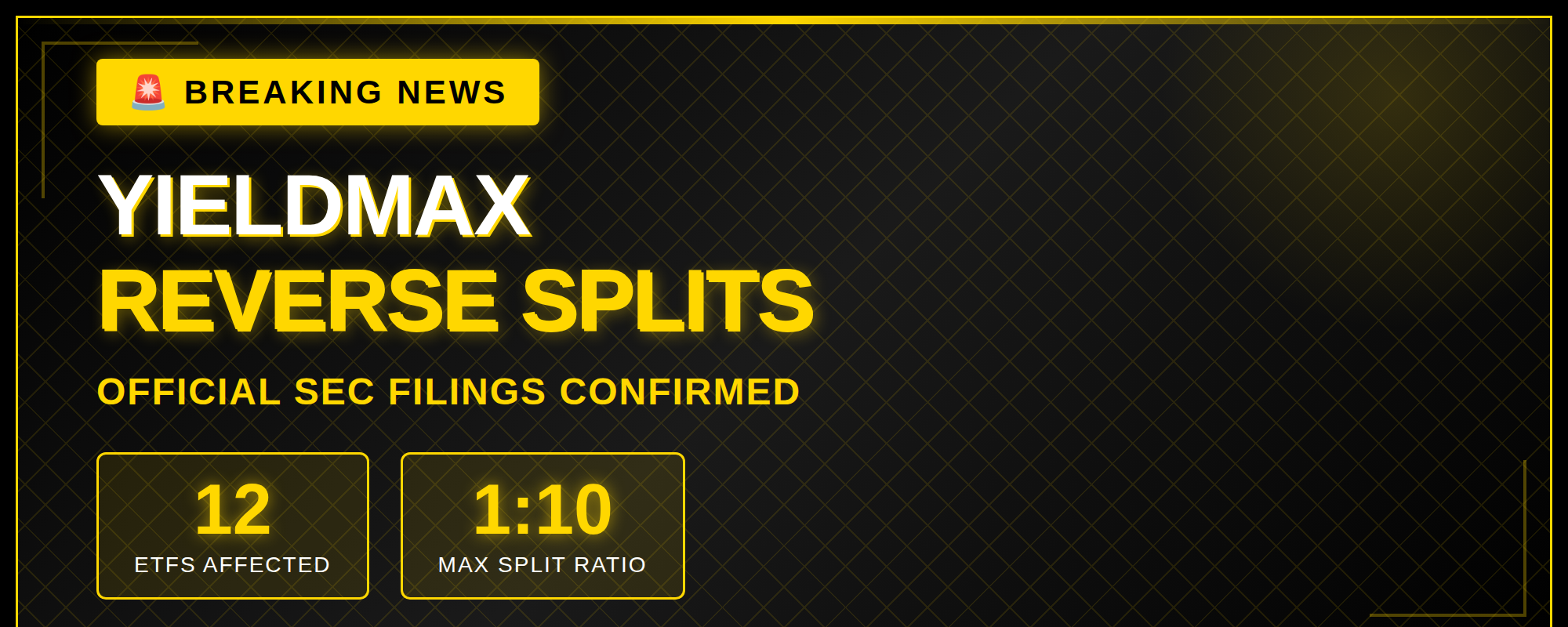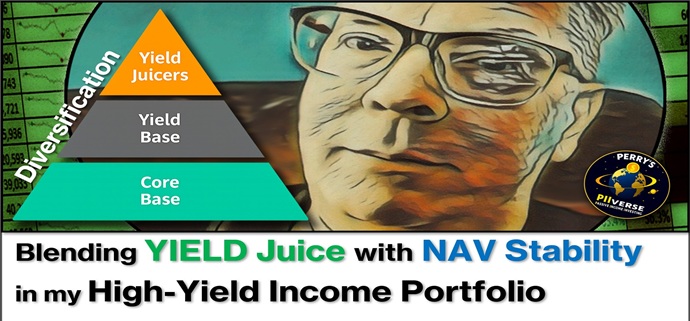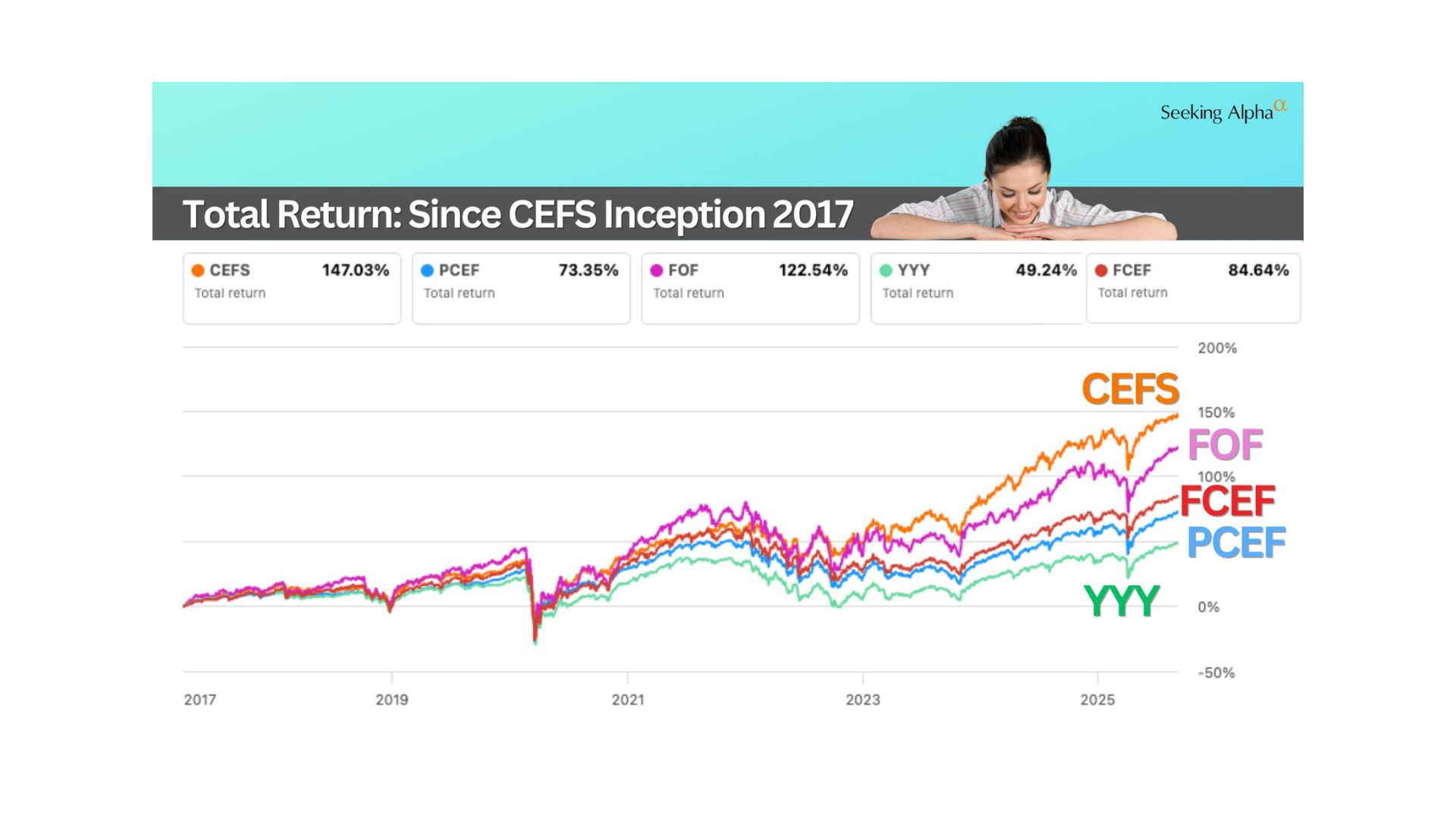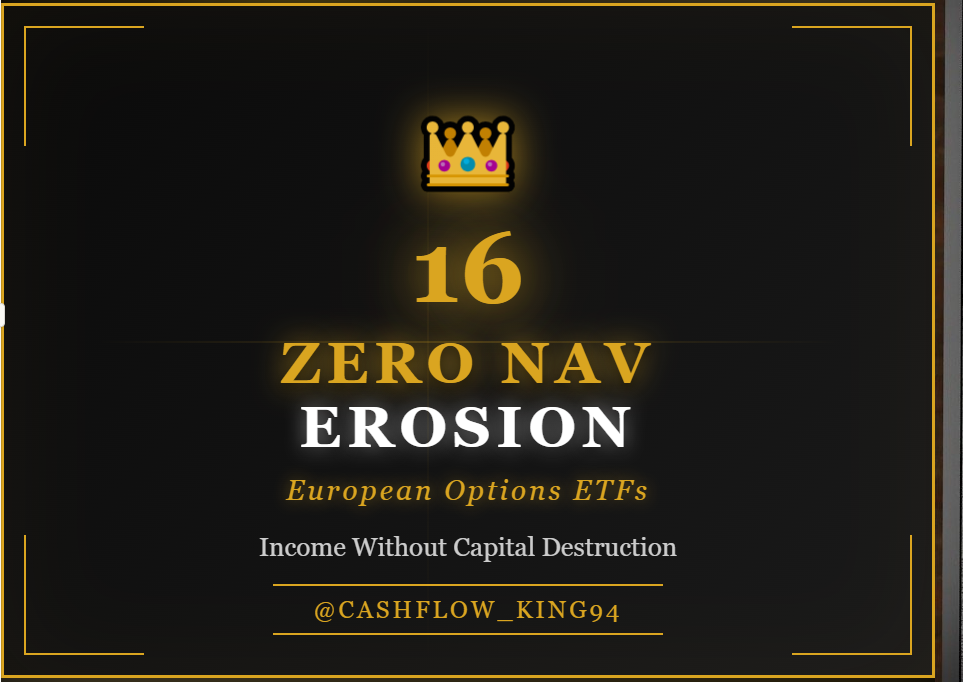Based on extensive research into the CNN Fear and Greed Index and market internals, the current situation: market momentum showing extreme greed while other indicators signal fear or extreme fear is unusual and historically significant. This divergence represents a critical warning signal that has preceded major market turning points in the past.
Current Market Situation (October 2025)
According to recent data, the Fear and Greed Index stands at approximately 33-38 (Fear territory) as of October 24-27, 2025. However, the critical divergence lies in the individual components:
Market Momentum (S&P 500 vs 125-day MA): Showing extreme strength, with the S&P 500 trading well above its moving averages and hitting fresh all-time highs around 6,791
All Other Six Indicators: Displaying fear or extreme fear signals:
Stock Price Strength: Weak breadth, with only approximately 42% of S&P 500 stocks trading above their 50-day moving average
Stock Price Breadth: Advance-Decline Line has been deteriorating since May 2024, showing fewer stocks participating in the rallymarkets.
Put/Call Options: Elevated ratios indicating hedging activity and nervousness
Market Volatility (VIX): Elevated readings relative to historical norms
Junk Bond Demand: Spreads widening, indicating risk aversion
Safe Haven Demand: Increased flows to Treasury bonds relative to stocks
Historical Precedents: When This Has Happened Before
Research reveals several critical historical instances where similar divergences occurred, with varying outcomes:
1. January 2018 Market Top (Most Similar to Current Situation)
Divergence Profile: Market momentum reached extreme greed with the S&P 500 and Dow hitting record highs on January 26, 2018, while sentiment indicators peaked and breadth showed weakness.
Key Characteristics:
Put/call ratios dropped to extremely low levels (~0.50), indicating excessive bullishness
Retail and institutional sentiment indicators peaked simultaneously
VIX had reached all-time lows of 8.56 in 2017 before spiking
Morgan Stanley strategists noted that "retail sentiment indicators appeared to have peaked in January"
Outcome: Within weeks, a sharp correction occurred. By February 2018, volatility exploded (VIX surged to 50.30), and the market experienced a 10%+ correction. The Fear & Greed Index flipped from "greed" to "extreme fear".
2. September 2018 Correction
Divergence Profile: The NYSE Composite made new highs in September 2018, but the NYSE Advance-Decline Line formed lower highs—a classic negative divergence.
Key Characteristics:
Price momentum remained strong even as breadth deteriorated
Safe haven demand quietly increased
The Fear & Greed Index shifted from greed in September to extreme fear in October
Outcome: By December 2018, the NYSE had plummeted over 18%, and the S&P 500 experienced one of its worst Decembers since 1931. The VIX spiked, and the Fear & Greed Index remained in "Extreme Fear" for much of late 2018.
3. Late 2021 NASDAQ Peak
Divergence Profile: The NASDAQ and S&P 500 continued making new highs, but market breadth weakened significantly. Only a small fraction of NASDAQ stocks reached new highs, creating divergence.
Key Characteristics:
The rally became increasingly concentrated in mega-cap tech stocks
Advance-Decline Line showed divergence from price action
Market momentum indicators remained positive while breadth deteriorated
Outcome: This preceded the significant 2022 correction, where major indices fell 20%+ and entered bear market territory.
4. May-June 2024 Tech Rally
Divergence Profile: The S&P 500 rose approximately 4% in May 2024, but the equal-weighted index lagged with less than 2% gain, indicating narrow
Key Characteristics:
Only 42% of S&P 500 stocks trading above 50-day moving average by late 2024
Advance-Decline Line declining since May 2024 despite index gainslanceroberts.substack+1
"Magnificent Seven" stocks driving the bulk of market returnsmarkets.chroniclejournal+1
Market breadth falling to lowest decile since 2002
Outcome: Ongoing concerns about sustainability of rally; market vulnerable to sharp reversals if leadership falters.
Why This Divergence Matters: The Mechanics
This specific type of divergence—momentum strength with broad weakness—is particularly dangerous for several reasons:
1. Narrow Market Leadership
When only a handful of stocks (particularly the "Magnificent Seven" tech stocks) drive index gains, the rally lacks a solid foundation. As of October 2025, the Magnificent Seven account for approximately 36-41% of the S&P 500's total market capitalization and gains.
2. Hidden Vulnerability
Index-level charts can appear healthy (momentum, trend strength) while the "average stock" is struggling. The S&P 500 may trade above its moving averages, but if 58% of its components trade below their own 50-day moving averages, the rally is fragile.
3. Psychological Contradiction
This divergence reflects simultaneous fear and FOMO among investors—they're fearful of risk (hence defensive positioning in options, bonds, and avoiding junk bonds) yet unwilling to miss the final stages of a bull market, so they concentrate capital in perceived "safe" mega-cap leaders.
4. Momentum Exhaustion Signal
Technical indicators show negative divergences. For example, current market analysis from October 2025 notes that "money flows show a negative divergence," and "momentum indicators such as RSI are back near overbought territory but remain in a negative divergence".
What Makes the Current Situation Unique
The October 2025 divergence has several distinctive features:
Extreme Concentration: The rally is even more concentrated than 2023-2024, with AI-related spending and expectations driving outsized gains in a handful of namesmo
Valuation Extremes: The S&P 500's CAPE (Cyclically Adjusted P/E) ratio is approaching historically extreme levels, near Tech Bubble territory on multiple metrics.
Multiple Concurrent Stresses:
US-China trade tensions and tariff threats
US government shutdown concerns
Stretched valuations with earnings not keeping pace
Credit concerns emerging in regional banking sector
Volume Divergence: Recent gains have come on declining volume, suggesting waning conviction
Historical Outcomes: What Typically Follows
Based on the historical precedents identified:
Short-term (1-3 months):
70-80% probability of correction: Most similar historical cases (January 2018, September 2018, late 2021) led to corrections within 1-3 monthscnn+2
Magnitude: Corrections ranged from 10% to 20%, depending on catalyst severity
Catalyst sensitivity: Markets in this state are vulnerable to exogenous shocks (policy changes, economic surprises, geopolitical events)
Medium-term (3-12 months):
Path-dependent: If the correction is mild (10-15%), markets have historically recovered, as in 2018 when the S&P 500 rebounded 23% in 6 months post-shutdown
If severe: Deeper corrections (like 2022) can persist for 6-12 months when underlying fundamental concerns materialize
Contrarian Opportunities:
Historically, extreme fear readings (like the current 33-38 levels in the overall index) have marked good long-term buying opportunities—but only after the correction occurs
The saying "be fearful when others are greedy" applies, but extreme greed in narrow leadership with broad fear is a special case requiring caution
Critical Differences from 2020 COVID Bottom
It's important to distinguish the current situation from March 2020, when all indicators aligned in extreme fear:
March 2020: Fear & Greed Index hit 2 (extreme fear), VIX spiked above 80, put/call ratio reached 1.28 (extreme bearishness), and market momentum was deeply negative. This was a classic capitulation bottom where all indicators agreed—an excellent buying opportunity.
October 2025: Only momentum shows strength (extreme greed), while all other indicators show fear—this is a divergence signal, not a capitulation signal. Historically, this pattern precedes tops, not bottoms.
What Market Breadth Divergences Signal
Market breadth specialists emphasize that divergences between price and breadth are "enduring characteristics of the stock market and significant turning points" because they reflect changing human psychology. Key principles:
Narrowing breadth + strong momentum = late-stage rally: This pattern appeared before the 1987 crash, the 2000 tech bubble peak, and the 2018 correction.
Zweig Breadth Thrust precedent: Dr. Martin Zweig famously used breadth indicators to predict the 1987 crash. Current breadth readings show similar warning signsarticles.
Divergence persistence: The current breadth weakness has persisted since May 2024, giving it more significance than a short-term
Actionable Implications
Based on historical precedents and current market structure:
For Active Traders:
Tighten stop-losses on existing positions
Reduce exposure to momentum/growth stocks with extreme valuations
Consider hedging strategies given elevated put/call activity already pricing in downside risk
For Long-term Investors:
Maintain core positions but prepare for volatility
Build watch lists for quality names to buy on weakness
Remember: "Extreme fear pays well…if you give it time", but we're not yet at extreme fear in price action
Key Levels to Watch:
S&P 500 support: 6,600-6,700 (50-day MA), then 6,100-6,200 (200-day MA)
VIX: Levels above 20-25 indicate heightened concern; above 30 signals panic
Breadth: Percentage of stocks above 50-day MA—currently weak at ~42-50%
Conclusion: A Rare and Ominous Pattern
Yes, situations like this have occurred in the past, and they typically preceded significant market corrections or increased volatility. The divergence between extreme momentum greed and fear in all other indicators is not common—it represents a late-stage bull market phenomenon where:
Psychology has shifted: Investors know valuations are stretched (defensive positioning) but fear missing out on the final leg (concentration in momentum leaders)
Market structure is fragile: Narrow leadership means the "average stock" is already correcting even as indices make new highs
Catalysts matter more: In this state, markets are hypersensitive to negative surprises, as seen with the sharp reactions to US-China trade tensions in October 2025
The closest historical analogs—January 2018 and September 2018—both led to swift corrections within 1-3 months. However, not every divergence leads to a crash; some result in consolidation periods or rotation to broader market participation. The key is recognizing that the current market structure offers asymmetric risk (limited upside, meaningful downside potential) until either breadth improves or momentum weakens to align with other indicators.
This is a time for heightened vigilance, not panic, but historical precedent strongly suggests that this divergence will resolve—and resolution typically favors the bearish interpretation when momentum is isolated from underlying market health.
https://www.finhacker.cz/fear-and-greed-index-historical-data-and-chart/
https://www.fidelity.com/news/article/default/202510270218BENZINGAFULLNGTH48425884
https://www.cnn.com/2025/10/27/investing/us-stock-market-rally
https://lanceroberts.substack.com/p/the-bull-bear-report-the-week-of-cf9
https://finance.yahoo.com/news/market-breadth-suggests-narrowing-rally-235034902.html
https://www.cheddarflow.com/blog/understanding-the-put-call-ratio-and-its-market-insights/
https://chartschool.stockcharts.com/table-of-contents/market-indicators/put-call-ratio
https://www.investing.com/analysis/3-warning-signs-the-vix-wont-tell-you-about-anymore-200668800
https://www.forbes.com/sites/tomaspray/2024/06/23/a-critical-look-at-market-divergences/
https://www.cnn.com/2018/10/29/investing/stock-market-goldman-sachs
https://www.cnn.com/2018/12/31/investing/dow-stock-market-today
https://www.rbadvisors.com/insights/narrow-markets-are-the-exception-not-the-rule/
https://fortune.com/2025/10/22/when-will-the-stock-market-bubble-burst-bear-market-signs/
https://seekingalpha.com/article/4833495-magnificent-7-vs-jay-powells-posse
https://highlandassoc.com/weekly-market-commentary-october-20-2025/
https://highlandassoc.com/weekly-market-commentary-october-6-2025/
https://codemeetscapital.substack.com/p/what-the-fear-and-greed-index-tells
https://beincrypto.com/fear-and-greed-index-hits-8-lowest-since-covid-19-crash-of-march-2020/
https://flipster.io/en/blog/crypto-market-bottoms-explained-signs-indicators-and-real-examples
https://finance.yahoo.com/news/fear-greed-index-sinks-lowest-141000449.html
https://www.linkedin.com/pulse/anatomy-bubble-how-spot-moment-greed-turns-fear-william-corley-a0rle
https://www.linkedin.com/pulse/top-8-market-breadth-indicators-discussed-trading-strategies-tsk4c
https://advisors.aldeninvestmentgroup.com/blog/fear-and-greed-index/
https://www.topstep.com/blog/beginners-guide-to-market-internals/
https://capital.com/en-int/learn/trading-psychology/fear-and-greed-index
https://www.wrightresearch.in/blog/how-greed-and-fear-drive-stock-market-investors/
https://www.reddit.com/r/StockMarket/comments/1kr4pjb/cnn_fear_greed_index_at_a_closing_50_day_high/
https://capital.com/en-gb/learn/trading-psychology/fear-and-greed-index
https://www.investopedia.com/trading/trading-divergence-and-understanding-momentum/
https://greedfearindex.com/fear-greed-index-historical-trends/
https://us.etrade.com/knowledge/library/stocks/understanding-popular-technical-analysis-studies
https://www.investopedia.com/terms/f/fear-and-greed-index.asp
https://en.macromicro.me/collections/20868/global-sentiment-indicator
https://realtrading.com/trading-blog/how-to-use-the-fear-and-greed-index/
https://chartswatcher.com/pages/blog/top-market-sentiment-indicators-for-smarter-trading-in-2025
https://www.rwroge.com/2024/02/avoiding-the-pitfalls-of-greed-and-fear-in-investing/
https://www.schwab.com/learn/story/breadth-check-strength-and-weakness-trend-tracker
https://www.axiory.com/en/trading-resources/basics/fear-greed-index
https://finance.yahoo.com/news/brief-history-cnn-fear-greed-090035089.html
https://www.morningstar.com/markets/whatever-happened-broadening-stock-market-rally
https://www.sciencedirect.com/science/article/pii/S1059056025002527
https://menthorq.com/guide/the-relationship-between-vvix-and-vix/
https://www.tradingview.com/chart/SPX/dk0xiJMy-VIX-VIX3M-Tricks-for-Reading-the-VIX-Part-II/
https://www.stageanalysis.net/blog/1333202/us-stocks-watchlist-8-october-2025
https://www.investopedia.com/ask/answers/06/putcallratio.asp
https://www.moneycontrol.com/stocksmarketsindia/heat-map-advance-decline-ratio-nse-bse
https://insights.aaii.com/p/the-put-call-ratio-viewing-market
https://www.stageanalysis.net/blog/1340662/us-stocks-watchlist-22-october-2025
https://www.investopedia.com/trading/forecasting-market-direction-with-put-call-ratios/
https://www.stageanalysis.net/blog/1340594/stage-analysis-members-video-19-october-2025
https://www.poems.com.sg/glossary/investment/breadth-thrust-indicator/
https://www.adviser.best/articles/en/blog/market-trends-analysis/momentum-breadth-indicators
https://www.sciencedirect.com/science/article/abs/pii/S1386418117300095
https://quadcode.com/blog/market-indicators-and-their-types-how-to-use-them
https://www.biz.uiowa.edu/faculty/jgarfinkel/pubs/divop_JAR.pdf
https://blueberrymarkets.com/market-analysis/top-market-breadth-indicators/
https://humblestudentofthemarkets.com/2022/02/06/4-reasons-to-be-bullish-4-to-be-bearish/
https://www.schwab.com/learn/story/using-chart-divergences-to-make-trading-decisions
https://www.cnn.com/2021/03/09/investing/stocks-tech-spacs-ipos-bubble
https://www.marketinout.com/technical_analysis.php?t=New_Highs-Lows_Cumulative&id=69
https://asymmetryobservations.com/2018/11/12/divergence-in-the-advance-decline-line-may-be-bullish/
https://www.visualcapitalist.com/sp/investor-fear-and-greed-and-market-volatility/
https://finance.yahoo.com/news/2-magnificent-seven-stocks-buy-080700476.html
https://zforex.com/blog/trading-psychology/fear-and-greed-factors-in-trading/
https://www.investopedia.com/dow-jones-today-10272025-11837333



















